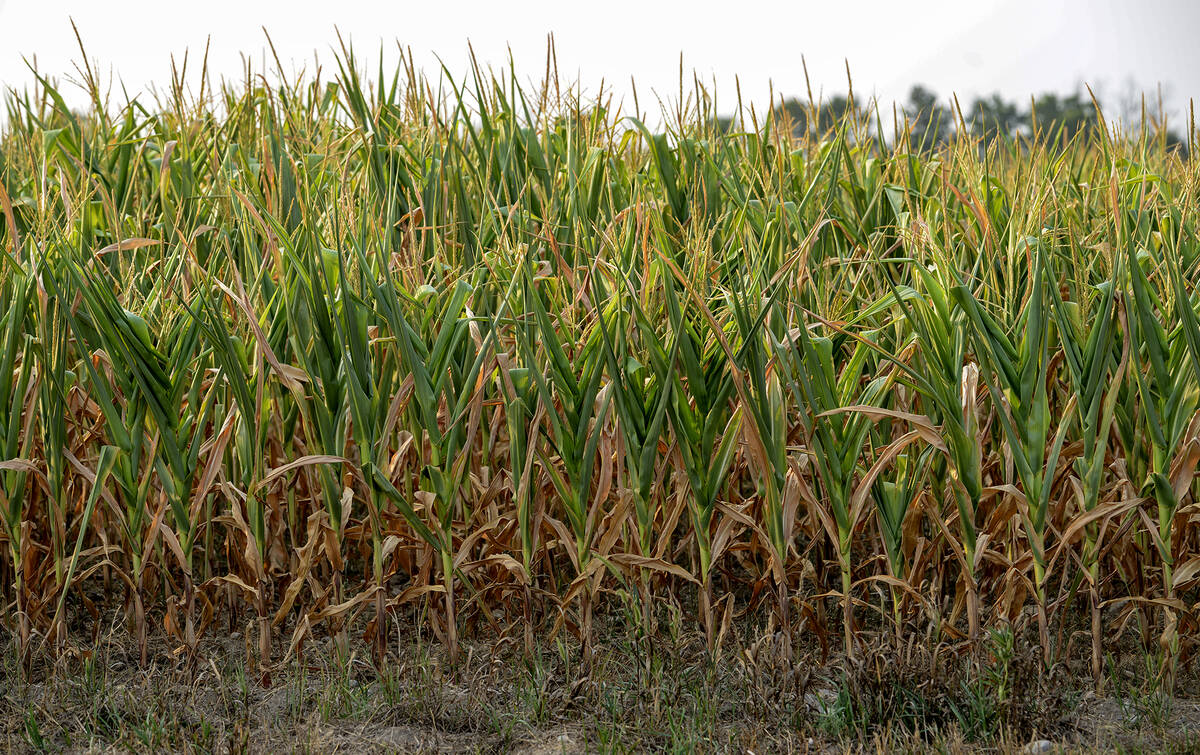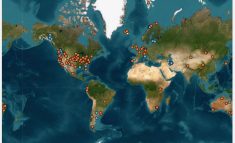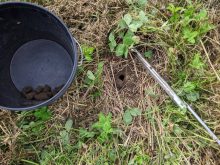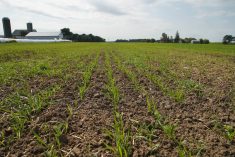For those who want to reduce fertilizer costs, certified crop adviser and Renfrew County farmer Jennifer Doelman has some tips.
Fertilizer availability has fluctuated in recent months, she notes. Staff shortages and other factors have also contributed to disruptions within normal supply channels. With limited capacity and high demand, suppliers might have to prioritize regular customers.
Why it matters: Given current fertilizer prices, striving to achieve the last few bushels might not be the most profitable approach to the 2022 growing season.
Read Also

Extreme variability marks Ontario’s 2025 corn crop
The yield potential of Ontario’s 2025 corn crop was lost in some areas due to extreme dry conditions.
The first action farmers might consider is to confirm whether fertilizer is or will be available, and if the supplier has the capacity to deliver services to the farm.
“This is when you want to have a good and open discussion with your supplier or suppliers. See which companies can offer the best service or price,” says Doelman.
“It’s definitely a good time to also make sure that, if spring comes and you don’t have product, what are my rights? What’s the backup plan? A lot of farmers also expect the retailer to look after everything for them, but they can only service so many people at one time.
“What can you do on your farm to make it so you are easy to service or a preferred customer. Some places bought early and bought well. Some places are only servicing their regulars.”
Understanding one’s cost of production is critical to finding potential savings. She advises farmers to identify the method of input application and consider what could be changed to get the best dollar-for-dollar value, for example.
“There’s a lot in politics right now about nitrogen mandates and phosphorus, and honestly, right now these high prices are probably going to move the bar more than any policy,” she says.
“So, what can you do? Can you place the phosphorus as close as possible to the seed? Is that something your equipment is capable of? Or can you hire a custom operator to help you get that phosphorus down for better emergence and vigour?
“Have you been doing build-and-maintain over the years, in which case you’re just maintaining [fertility], or are you on rented ground that’s incredibly hungry and you can only afford to put on what the crop absolutely needs?”
Regular soil testing will indicate whether fertilizer can be reduced. Those who keep regular soil fertility records can better assess that, though Doelman reiterates it’s never too late to start keeping soil data.
“Soil sample. It’s really the cheapest thing to every buy in terms of return on investment.”
Asked whether plant tissue sampling could play a role, particularly for those who might not have historical soil data, Doelman says it shouldn’t be relied on as an initial tool. Because nutrient uptake can be affected by water availability and other factors, tissue sampling doesn’t necessarily paint a clear picture on soil nutrient levels.
“Tissue analysis can be very helpful once you cover all your other bases. Get a handle on soil health, structure, and compaction … If you have not been soil sampling, I’m not sure tissue tests are the best place to start.”
Nutrient release inhibitors are another tool that many growers swear by. Application methods such as Y-drop systems and split applications are other options. Doelman says a combination of soil data and on-farm comparison plots — a series of rows planted with reduced fertilizer, for example — is helpful.
“When I do my nitrogen application, I turn off the applicator for a couple small strips in the field. I do a good rotation and cover crops. I want to know what leftover nitrogen there is to carry over my crop, so in years like this I can cut back depending on the weather.”













